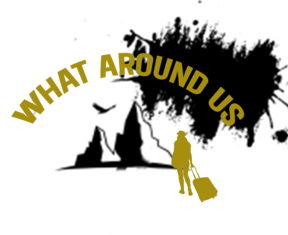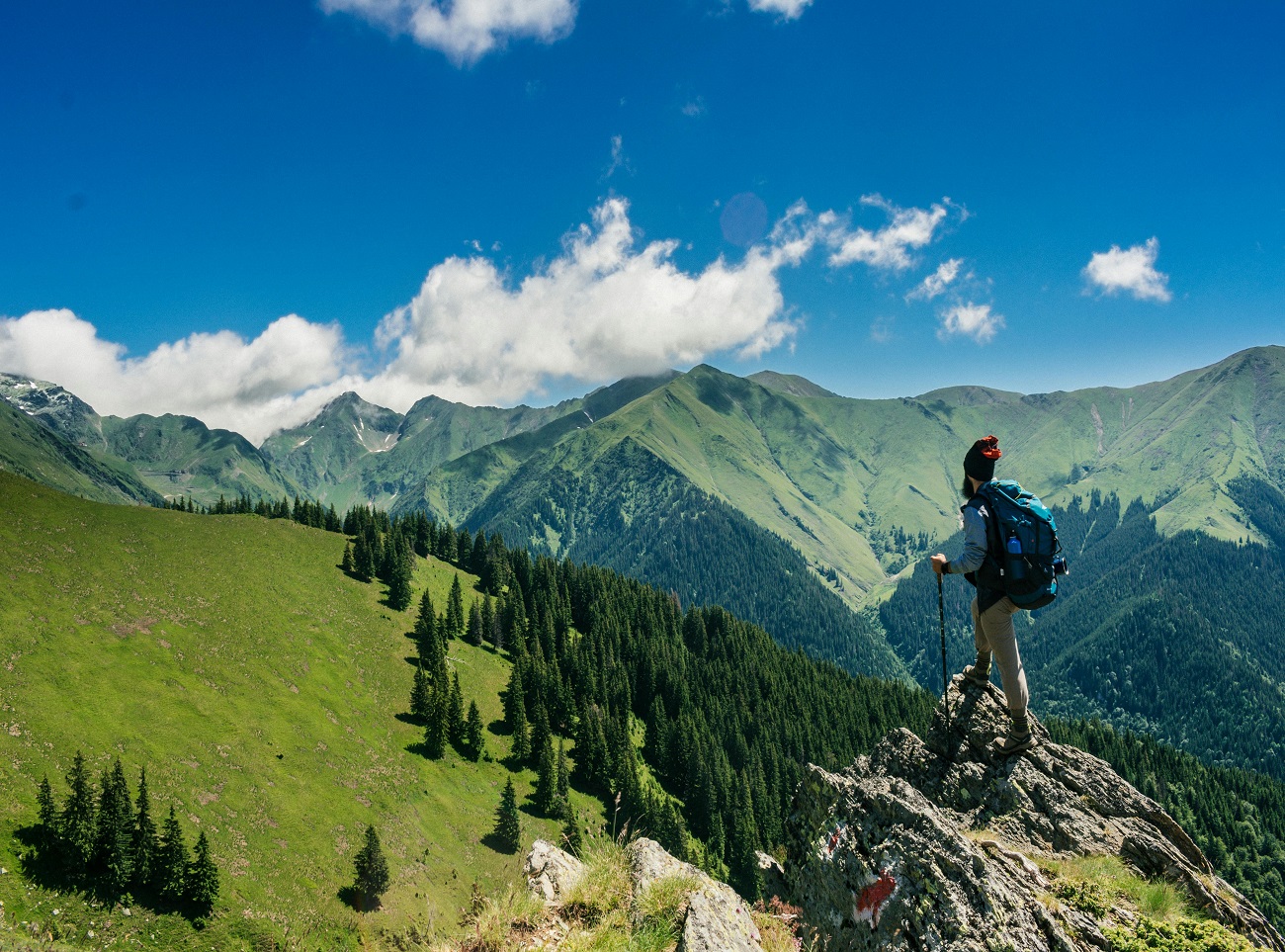Considering Travel Advice The Pandemic 2022?
Wide-spread vaccination holds a pledge for ending the coronavirus complaint 2019 (COVID-19) epidemic, but it will not be overnight.
In the meantime, continue taking preventives to cover yourself and others if you must travel. However, you’re less likely to get and spread COVID-19, but the transnational trip can still increase your threat of getting new COVID-19 variants If you’re completely vaccinated. The Centers for Disease Control and Prevention (CDC) recommends that you should avoid trips until you’ve been completely vaccinated.
Before you travel
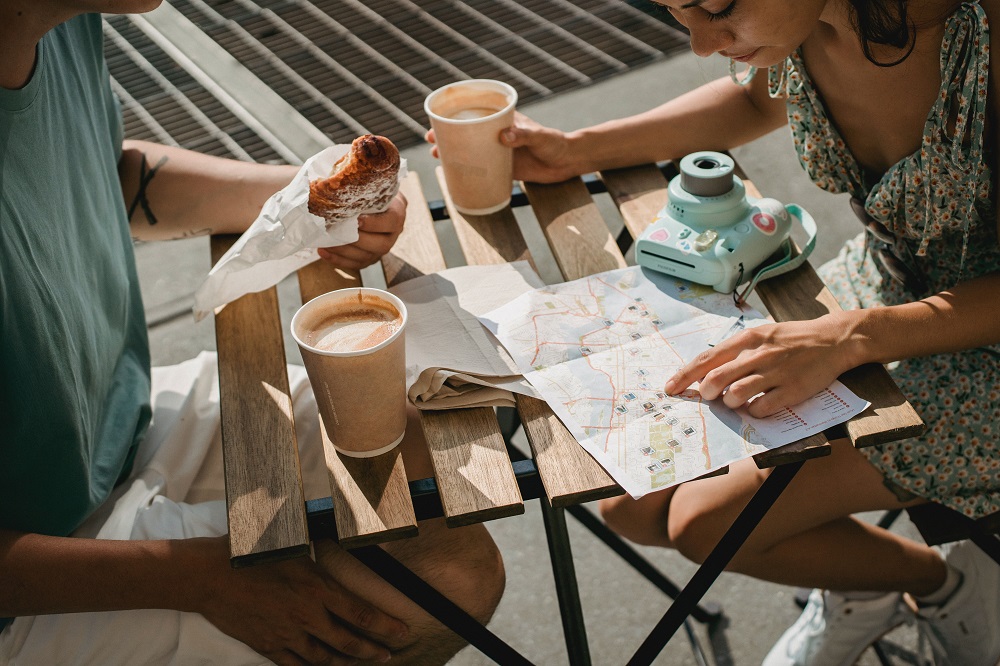
As you suppose about making trip plans, consider these questions
.
Have you been vaccinated against COVID-19? When possible, get vaccinated. However, stay 2 weeks after getting your alternate vaccine cure to travel, If the vaccine requires two doses. However, stay 2 weeks after getting the vaccine to travel, If the vaccine requires one cure. It takes time for your body to make protection after any vaccination. Once you are completely vaccinated, you are less likely to spread COVID-19, and you can travel further safely within theU.S. and internationally. Still, you may have an advanced threat of getting COVID-19 if you travel internationally as vaccination rates vary depending on destination.
Are you at increased threat for severe illness? Anyone can get COVID-19, but aged grown-ups and people of any age with certain medical conditions are at increased threat for severe illness from COVID-19.
Do you live with someone who is at increased threat for severe illness? If you get infected while traveling, you can spread the contagion to the people you live with when you return, indeed if you do not have symptoms.
Does your home or destination have conditions or restrictions for trippers? Indeed if you’ve been completely vaccinated, you must follow original, state, and civil testing and trip rules.
Check original conditions, restrictions, and situations
.
Some state, original and territorial governments have conditions, similar as taking people to wear masks or get tested and taking those who lately traveled to stay home for over to 14 days. Save yourself unwelcome surprises and detainments by checking for restrictions at your destination and anywhere you might stop along the way.
Keep in mind that restrictions can change fleetly depending on original conditions. It’s also important to keep in mind the COVID-19 situation, similar as the position of spread and presence of variants, varies in each country. Check back for updates as your trip gets near.
Trip and testing
For vaccinated people
Still, the (CDC) states that you don’t need to get tested before or after your trip within the U, If you have been completely vaccinated.S. or counterblockade after you return.
If you’re planning to travel internationally outside theU.S., the (CDC) states you do not need to get tested before your trip unless it’s needed at your destination. Before arriving to theU.S., you need a negative test within the last day before your appearance or attestation of recovery from COVID-19 in the last three months. After you arrive in theU.S., the (CDC) recommends getting tested with a viral test three to five days after your trip. If you’re traveling to theU.S. and you aren’t a citizen, you need to be completely vaccinated.
You do not need to counterblockade when you arrive in theU.S. but check for any symptoms and stay at home if you develop symptoms.
Plan to get tested three to five days after your trip. You do not need to counterblockade when you return home. But check for any symptoms and stay at home if you develop symptoms.
For unvaccinated people
Testing ahead and after trips can reduce the threat of spreading COVID-19. Still, the (CDC) recommends getting tested with a viral test one to three days before your trip, If you have not been vaccinated. Delay trip if you are staying for test results. Keep a dupe of your results with you when you travel.
Repeat the test three to five days after your trip. Indeed if you test negative, reduce gratuitous conditioning for seven days. However, reduce gratuitous conditioning for 10 days, If you do not get tested.
Still, stay home, If at any point you test positive. Incontinently insulate yourself if you develop symptoms and follow public health recommendations.
Stay safe when you travel
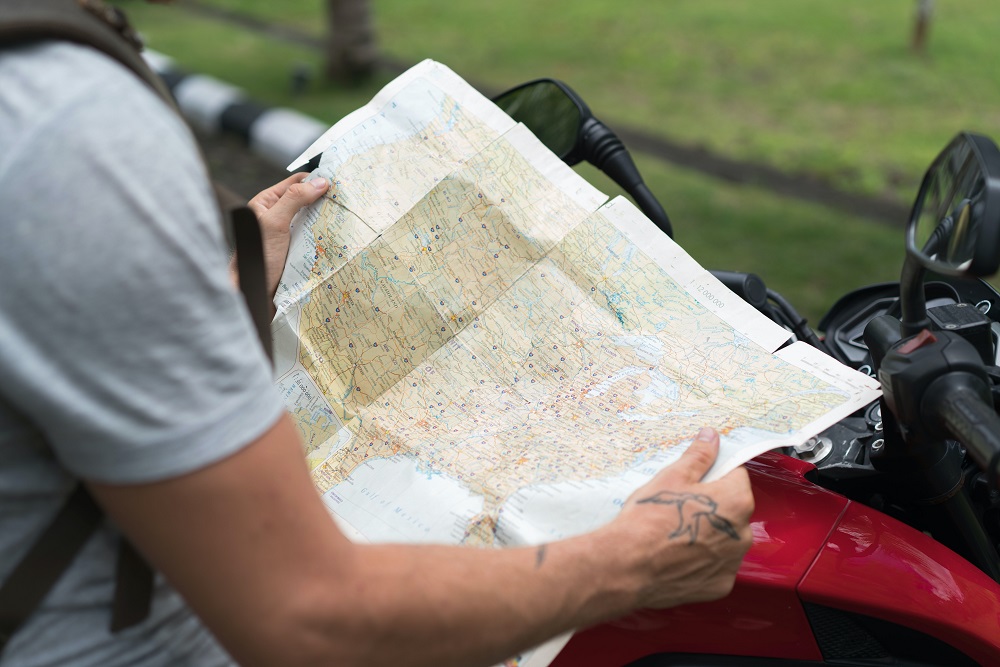
In theU.S., you must wear a face mask on airplanes, motorcars, trains, and other forms of public transportation, indeed if you’re completely vaccinated. The mask must fit snugly and cover both your mouth and nose. However, wear a mask indoors and outside in crowded areas or when you’re in close contact with unvaccinated people, If you’re completely vaccinated and you’re in an area with a high number of new COVID-19 cases in the last week.
Still, follow these ways to cover yourself and others when you travel, If you haven’t had the COVID-19 vaccine or if you have a condition that weakens your vulnerable system.
Maintain a distance of 6 bases (2 measures) between you and others as much as possible.
Avoid contact with anyone who’s sick.
Limit contact with constantly touched shells, similar as banisters, elevator buttons and kiosks. However, use hand sanitizer or wash your hands subsequently, If you must touch these shells.
- Wear a face mask in inner public spaces. However, wear a mask outside in crowded areas or when you’re in close contact with others who aren’t completely vaccinated If you’re in an area with a high number of new COVID-19 cases.
- Avoid touching your eyes, nose, and mouth.
- Cover coughs and sneezes.
- Clean your hands frequently. It’s especially important after going to the restroom, before eating, and after coughing, sneezing or blowing your nose.
- Wash your hands frequently with cleaner and water for at least 20 seconds.
- Still, use a hand sanitizer that contains at least 60 alcohol, If cleaner and water are not available. Cover all shells of your hands and rub your hands together until they feel dry.
- Refrain from eating or drinking on public transportation. That way you can keep your mask on the whole time.
Air trip
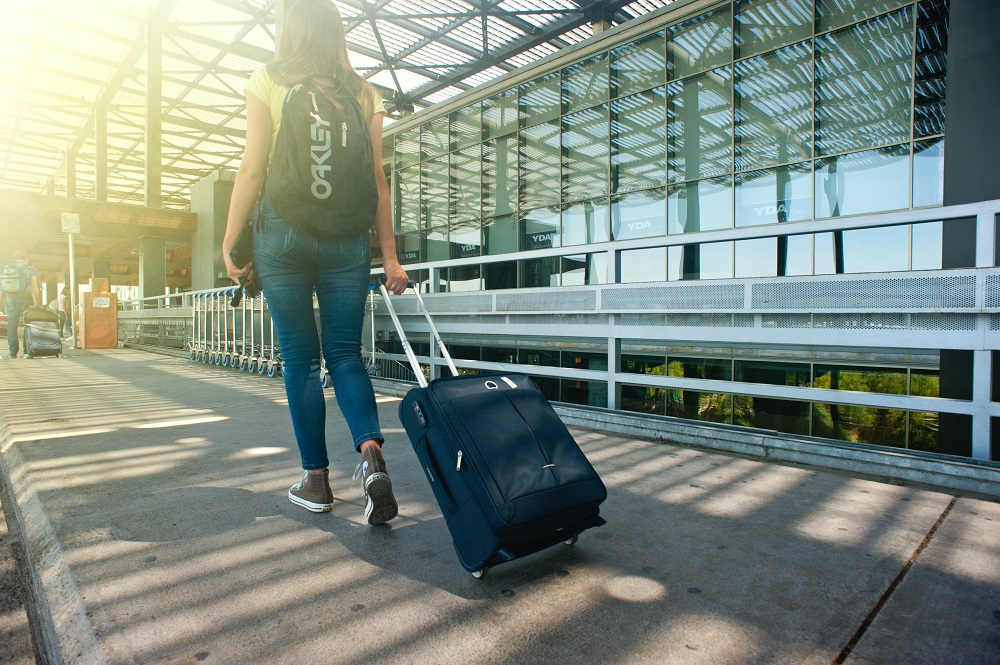
Because of how air circulates and is filtered on airplanes, utmost contagions do not spread fluently on breakouts. Still, crowded breakouts make social distancing delicate. Plus, air trip involves spending time in security lines and field outstations, which can bring you in close contact with other people.
The Transportation Security Administration (TSA) has increased the cleaning and disinfecting of shells and outfits, including lockers, at webbing checkpoints. TSA has also made changes to the webbing process
- Trippers must wear masks during webbing. Still, TSA workers may ask trippers to acclimate masks for identification purposes.
- Rather of handing boarding passes to TSA officers, trippers should place passes ( paper or electronic) directly on the scanner and also hold them up for examination.
- Each rubberneck may have one vessel of hand sanitizer up to 12 ounces (about 350 milliliters) in a carry-on bag. These holders will need to be taken out for webbing.
- Particular particulars similar as keys, holdalls, and phones should be placed in carry-on bags rather of lockers. This reduces the running of these particulars during webbing.
- Food particulars should be transported in a plastic bag and placed in a caddy for webbing. Separating food from carry-on bags lessens the liability that screeners will need to open bags for examination.
Be sure to wash your hands with a cleanser and water for at least 20 seconds directly ahead and after going through the webbing.
Car trip
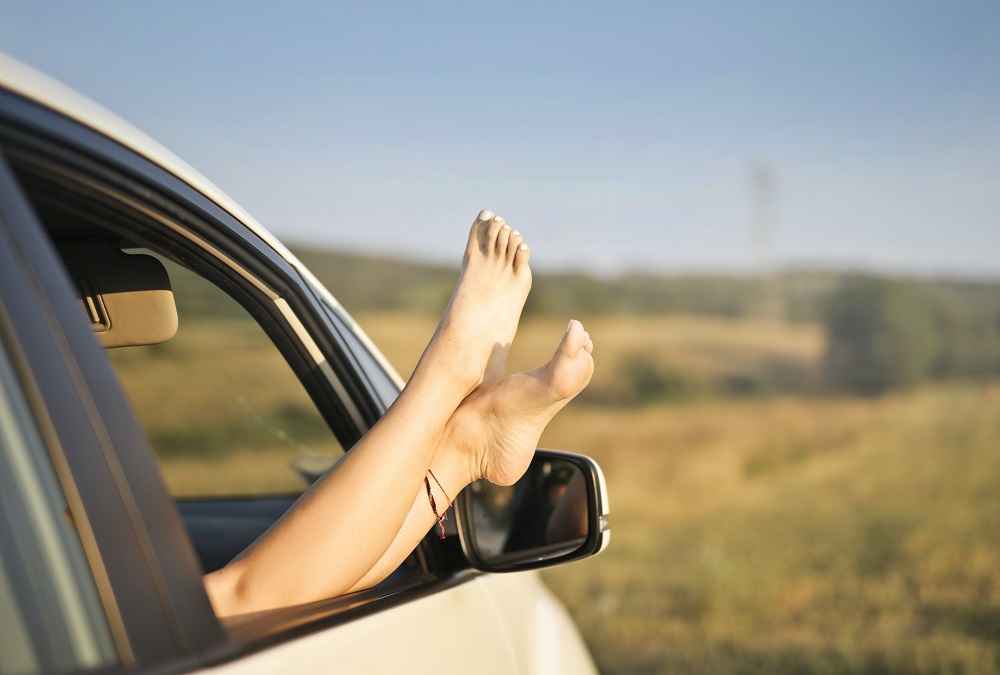
Air trips might not be for you. You may prefer to drive, which also gives you further control over your terrain. You will still need to be smart about any stops you make, but that just takes some planning.
Still, then are effects to consider before you hit the road
, If you’re unvaccinated.
- Plan to make as many stops as possible, but stop driving if you come drowsy.
- Be sure to pack face masks, hand sanitizer, and detergent wipes in a fluently accessible spot so that you can use them during the trip as necessary.
- Prepare food and water to take on the trip. Consider including nonperishable particulars to drift you over in case access to caffs and grocery stores is limited.
- When you need to get gas, use a detergent wipe on handles or buttons before you touch them. After fueling, use hand sanitizer. And when you get to where you are going, use cleaner and water to wash your hands for at least 20 seconds.
- Still, conclude for caffs that offer drive-thru or curbside service, If you choose to pick up a mess on the road.
Other ground transportation
Still, be apprehensive that sitting or standing within 6 bases (2 measures) of others for a prolonged period can put you at advanced threat of getting or spreading COVID-19 If you travel by machine or train and you’re unvaccinated. Follow the preventives outlined above for guarding yourself during the trip.
Indeed if you fly, you may need transportation once you arrive at your destination. You can probe auto rental options and their disinfection programs on the internet. However, check into shuttle service vacuity, If you plan to stay at a hostel.
Still, maintain social distancing, wear a mask, If you will be using public transportation. However, do not sit in the frontal seat near the motorist, If you plan to use a lift-hailing service.
Hotel and other lodgings
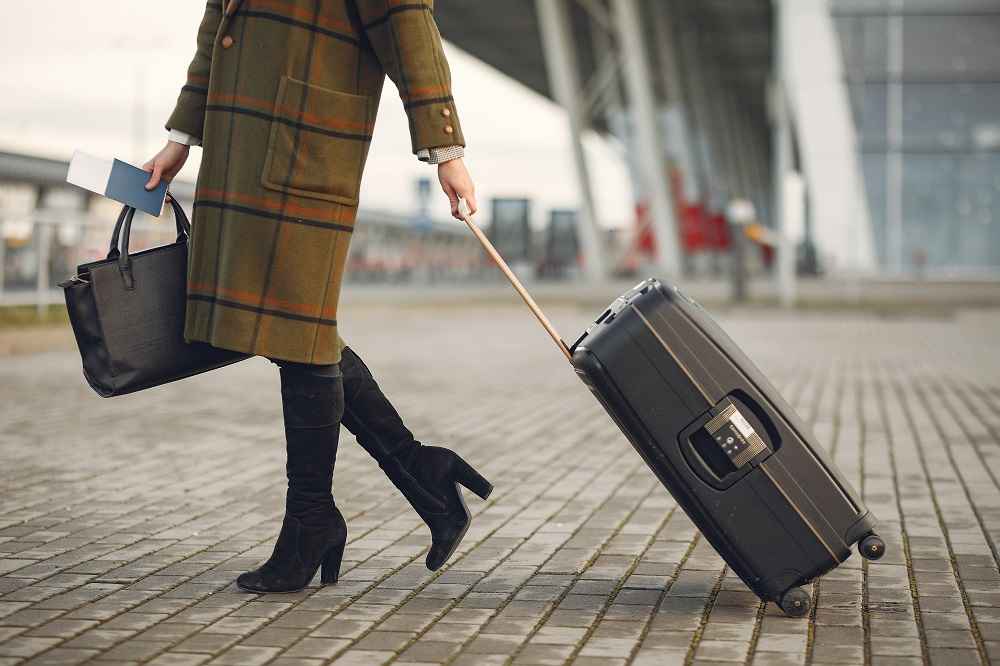
The hostel assiduity recognizes that trippers are concerned about COVID-19 and safety. Check any major chain’s website for information about how it’s guarding guests and staff. Some stylish practices include
- Enhanced cleaning procedures
- Social distancing measures
- Masking of staff and guests
- Contactless payment
- Protocol in case a guest becomes ill, similar as closing the room for drawing and disinfecting
.
Holiday settlements, too, are upping their game when it comes to cleaning. They are committed to following public health guidelines, similar as using masks and gloves when drawing, and structure in a staying period between guests.
Once you arrive at your room or reimbursement, if you’re unvaccinated, disinfect high-touch shells, similar as doorknobs, light switches, countertops, tables, divisions, phones, remote controls and gates. Wash plates, spectacles, mugs and flatware ( other than prewrapped plastic particulars) before using.
Make a Packing List
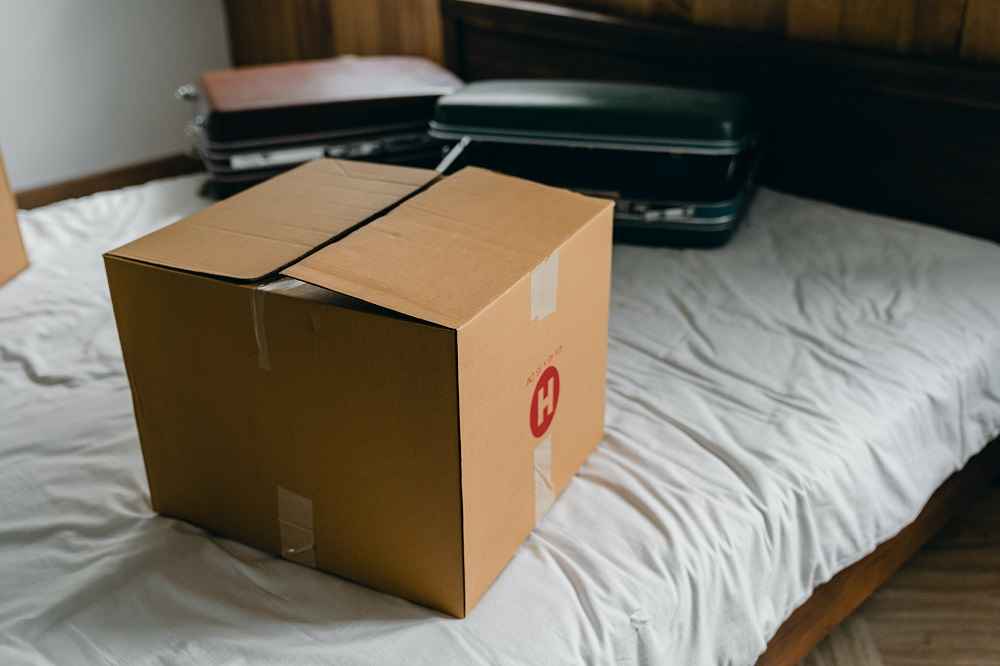
When it’s time to pack for your trip, snare any drugs you may need on your trip and these essential safe- trip inventories
.
- Face masks
- Apkins
- Alcohol- grounded hand sanitizer (at least 60 alcohol)
- Detergent wipes (at least 70 alcohol) for shells
- Thermometer
Considerations for people at increased threat
Anyone can get veritably ill from the contagion that causes COVID-19, but aged grown-ups and people of any age with certain medical conditions are at increased threat for severe illness.
Conditions that increase your threat include cancer, habitual order complaint, habitual obstructive pulmonary complaint, Down pattern, serious heart problems, weakened vulnerable system, rotundity, gestation, sickle cell complaint, smoking, and type 2 diabetes. Getting a COVID-19 vaccine and a supporter shot can help help your threat of being oppressively ill from COVID-19.
Trip increases your chance of getting and spreading COVID-19. Still, staying home is the stylish way to cover yourself and others from COVID-19, If you ’unvaccinated. However, talk with your croaker and ask about any fresh preventives you may need to take, If you must travel.
Remember safety first
Indeed the best-laid plans may need to be set away when illness strikes. Stay home if any of your trip companions or you
- Are sick or suppose you have COVID-19 indeed if you do not have symptoms
- Are staying for the results of a COVID-19 viral test
- Have been diagnosed with COVID-19 indeed if you do not have symptoms
- Have been around someone with suspected or diagnosed COVID-19 in the once 14 days indeed if that person did not have symptoms
